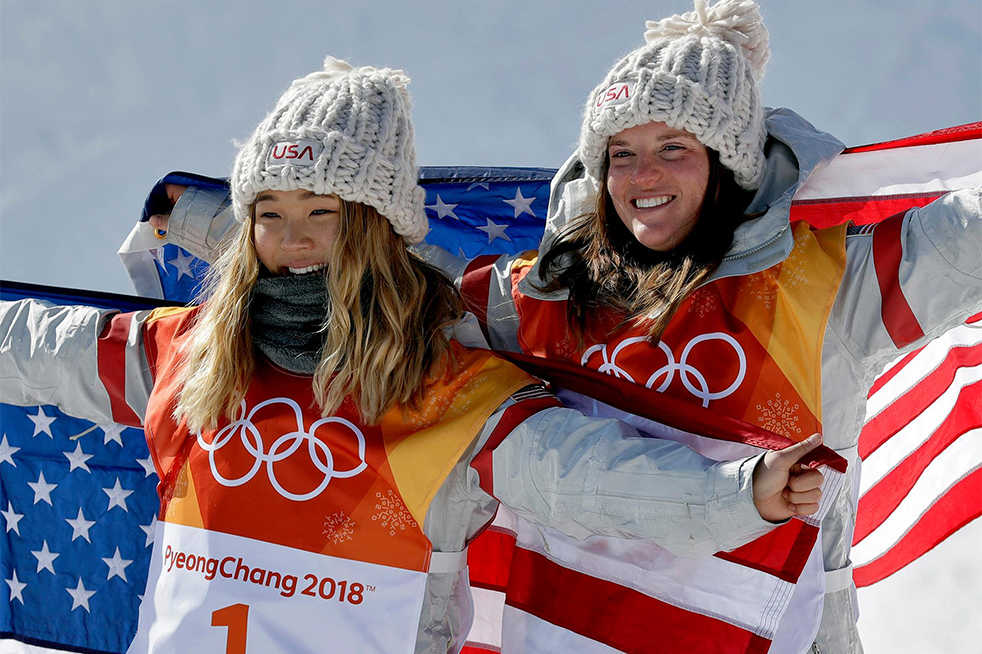Want to see the finest competitors in the world in individual sports? Apart from maybe the Grand Slam men’s tennis tournaments and a couple of elite golf invitationals, I would argue that you would find it at the Olympics.
The Winter Olympics, in particular, are dominated by individuals and pairs. Cross-country skiing? Every man or woman for themselves. Snowboarding? As solitary as it gets. Same goes for short track speed skating. Except for the obvious team efforts like hockey, winter Olympic sports are defined by the power of one.
Yet even in this display of a single person’s prowess, the main attraction is the set of teams involved. The storylines are classic: Which country will lead the race for medals? Who will take the lead for the United States in figure skating? How will the Russian doping scandal affect the competitive landscape as a whole? Running up to the Games, The Baltimore Sun ran a list of five narratives it found the most compelling. Three focused on the hopes of various nations.
If following a diverse set of athletes through a series of unrelated athletic trials and generally rooting for them because of where they come from (and thus what they stand for) sounds familiar, it is because that is also a decent description of collegiate athletics.
Tech fans root for football in the fall, basketball in the winter and baseball in the spring. Even if each and every one of those teams falls before our over-optimistic preseason expectations, we are back the next season. Not because we have no choice (although for some more jaded fans, that may well be a part of the equation) but because those athletes are cut from the same cloth as we are. They are pursuing the same degrees, largely hoping for the same outcomes and they have faced many of the same tribulations we have.
A student-athlete typically competes for three or four years. Even the most long-tenured Olympian is fortunate to compete in that many games, although due to the rare nature of the events, they are spread over a much longer period of time.
Again, there is a similarity here. Because unlike professional athletes, who journey from one team to another, rarely finding a long-term home, collegiate athletes (barring a rare transfer) and Olympians are members of their parent institutions’ fabrics forever. Once a Tech athlete, always a Tech athlete. Once an American Olympian, always an
American Olympian.
Yes, the U.S. Olympics team dons colors that break from the white and gold we so fervently love (including more than a little red). And yes, they get more national publicity than our teams probably ever will. But there is more in common between the Olympics and Tech athletics than initially meets the eye. That recognition helped me enjoy these Winter Games and the narratives that drive them more than I previously did. I hope that considering their likeness will do something of the sort for you.
